Pband
TPF Noob!
- Joined
- Mar 19, 2009
- Messages
- 48
- Reaction score
- 0
- Can others edit my Photos
- Photos OK to edit
Dear friend,
I am very new in photography. My economic condition is poor. I have managed to buy a Canon PowerShop S5IS to get my hands used to. I have also bought an old film camera (Nikon 2020 with 28-200 Sigma lens) but am really afraid of using it.
Please help me as I don't know how to start with and with what. My main problem is exposure. I just can't manage it. I am posting some of my photos. Please help me commenting on them and suggesting me how to improve exposure.
One more question, do I always have to edit my photos (not just cropping and resizing) a photo after I take a shot? I don't know photoshop. Do you always edit a photo and then upload it?
The Sparrow (One of my first photos)

The Perfect Peace
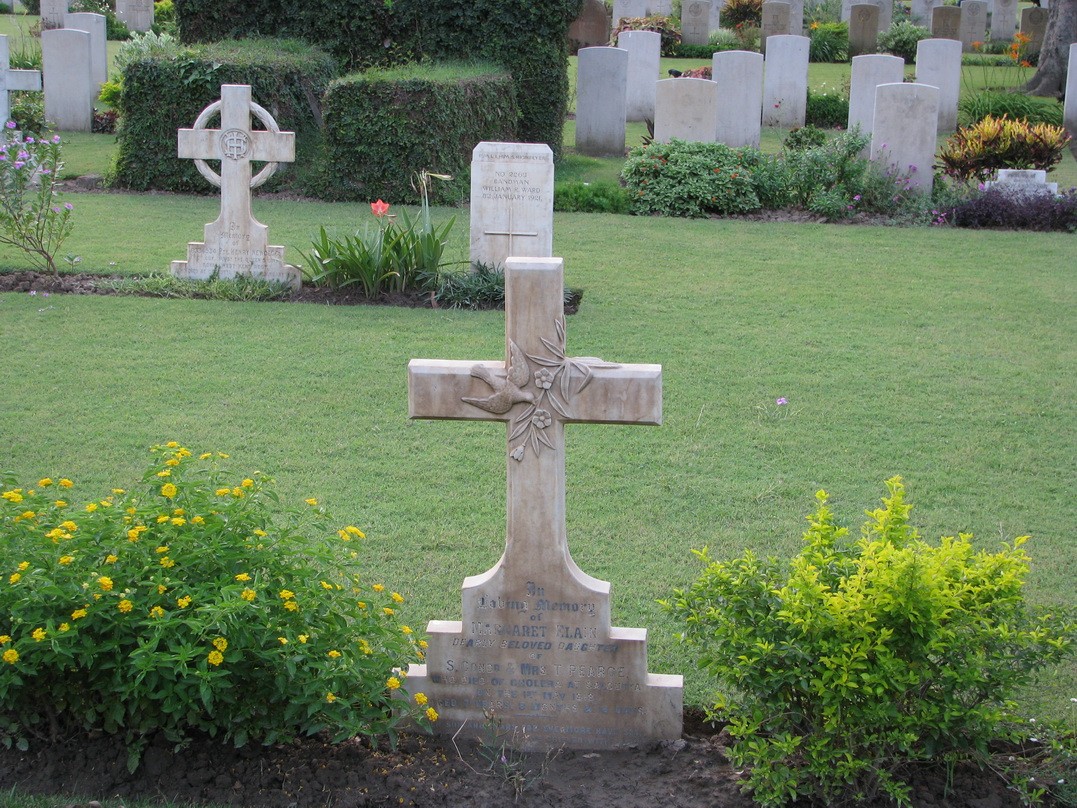
Sunset over Cemetary
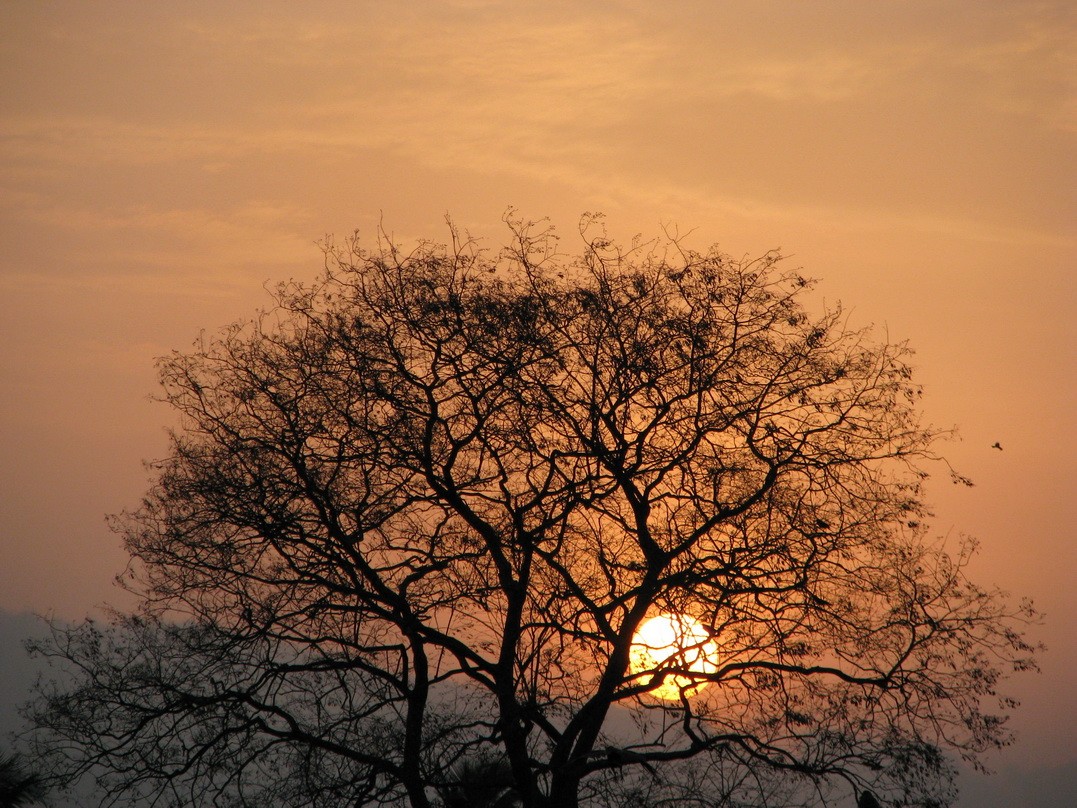
Flowers in Cage
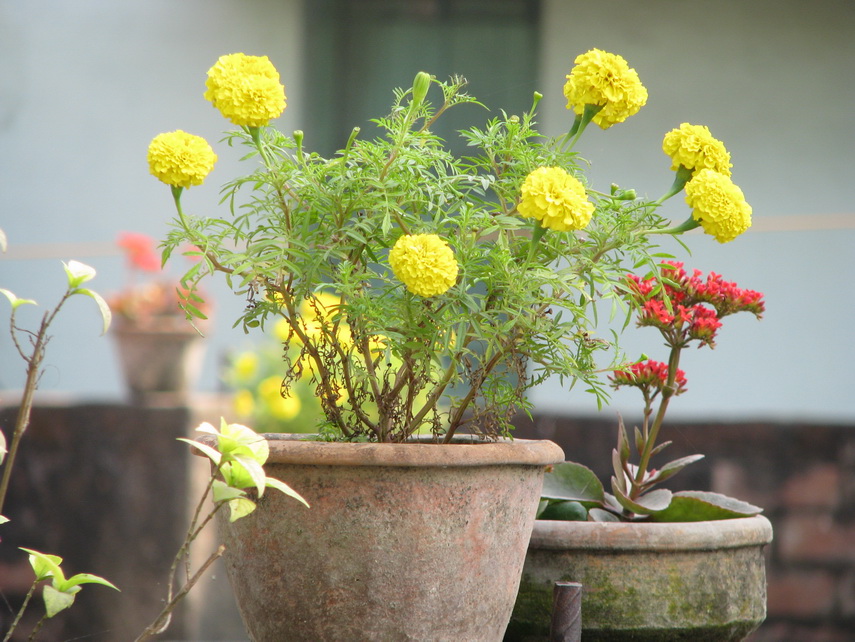
The Dull Flower
(Can anybody please explain me why the flower's color looks so dull?)
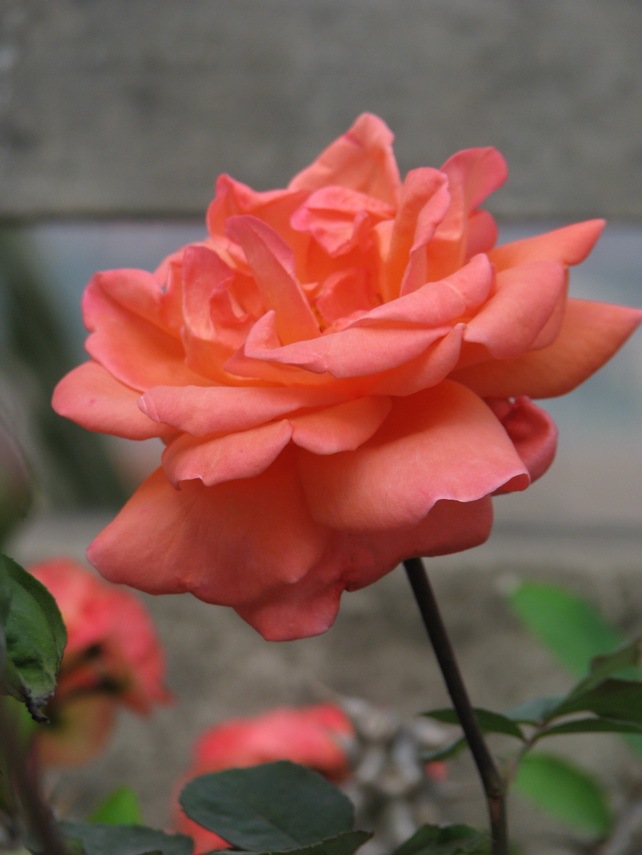
Little Island
(This is one of my worst shot for a beautiful scenary. Please tell me where am I going wrong. Why the pic has no life?)
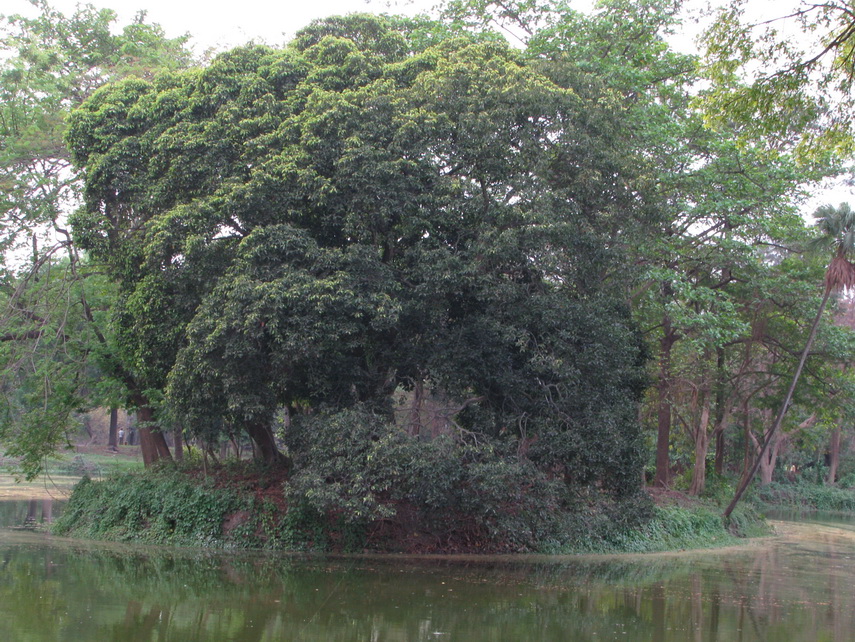
I am very new in photography. My economic condition is poor. I have managed to buy a Canon PowerShop S5IS to get my hands used to. I have also bought an old film camera (Nikon 2020 with 28-200 Sigma lens) but am really afraid of using it.
Please help me as I don't know how to start with and with what. My main problem is exposure. I just can't manage it. I am posting some of my photos. Please help me commenting on them and suggesting me how to improve exposure.
One more question, do I always have to edit my photos (not just cropping and resizing) a photo after I take a shot? I don't know photoshop. Do you always edit a photo and then upload it?
The Sparrow (One of my first photos)

The Perfect Peace

Sunset over Cemetary

Flowers in Cage

The Dull Flower
(Can anybody please explain me why the flower's color looks so dull?)

Little Island
(This is one of my worst shot for a beautiful scenary. Please tell me where am I going wrong. Why the pic has no life?)



![[No title]](/data/xfmg/thumbnail/37/37132-262f6a30f085c3ab6d83925db41b553b.jpg?1619737884)
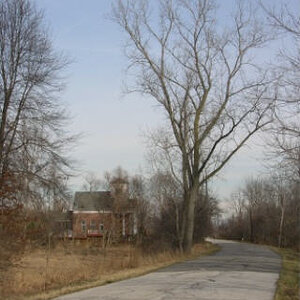
![[No title]](/data/xfmg/thumbnail/40/40300-583eaa43665714005823e12314084a4d.jpg?1619739411)
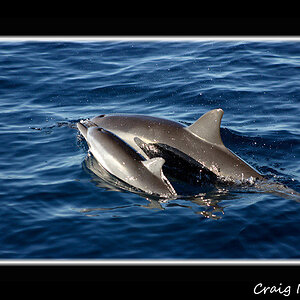
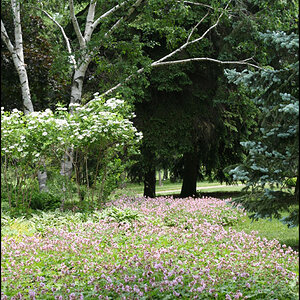
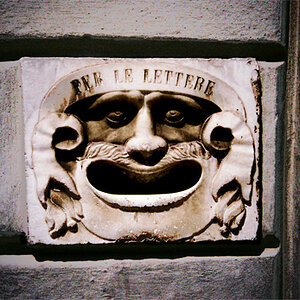
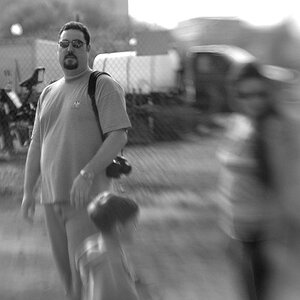
![[No title]](/data/xfmg/thumbnail/40/40297-5b7d12c4c72c43b505a6f575d338d573.jpg?1619739411)
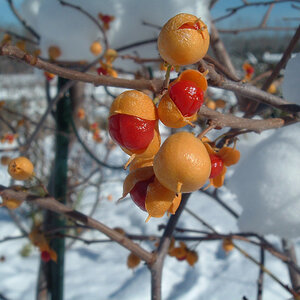
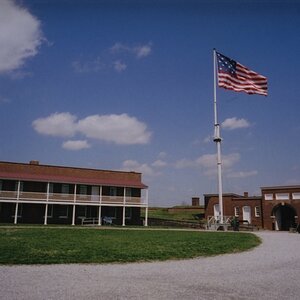
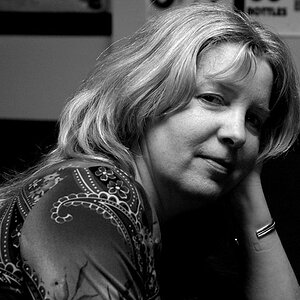
![[No title]](/data/xfmg/thumbnail/37/37135-37494dce30fd59534347332f715b7f8c.jpg?1619737884)